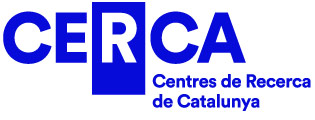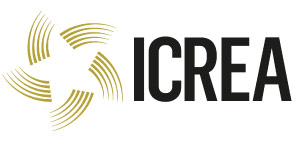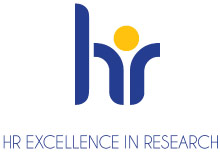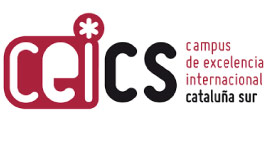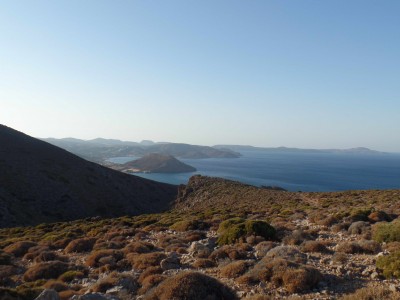
2021 started with the publication of the third paper of the bioarchaeology-palaeoenvironment-landscape team of the PALAP research project (Palaikastro Phase 4. Urbanisation in Bronze Age Crete: between palace and landscape at Palaikastro), with the participation of some GIAP team members.
The project (2012-5) involved:
- Excavation of part of the Bronze Age (Minoan) town at the site of Roussolakkos, near the modern village of Palaikastro in East Crete.
- Landscape survey and mapping, which covered an area of 32 km2 around the town. This work, instead of following standard practices to locate sites, focused on the identification of Minoan farmsteads and the examination of the economic organization of the inland territory of the town. The resulting paper can be found here.
- Multi-proxy palaeoenvironmental analysis of two cores covering the Late Neolithic to the early Bronze Age, which provided important data on the environmental setting of the town and, indirectly, on its economy. More information on this work can be found on the published paper at Quaternary Science Reviews (paywalled) and its open access post-print version.
After the publication of the landscape and the palaeoenvironmental results, we brought together all bioarchaeological (seed, charcoal, animal and fishbone and shell) data recovered during the PALAP excavation.
Combined with new palaeoenvironmental data for the Middle Minoan period and the landscape survey results, this unique multidisciplinary assemblage of excavation and survey data, still uncommon in Crete, led to new exciting insights into Crete’s prehistoric past.
The study of organic remains can open new windows into the past and occupy a prominent place in leading archaeological research.
In particular, comparison and thorough analysis of these diverse datasets resulted in a detailed discussion of agriculture, farming, diet and resource management at the Bronze Age town at Palaikastro and its territory.
This work has been the result of very close collaboration, often under challenging conditions, of the whole team that worked together from the design stage of the project to the final interpretation of the results.
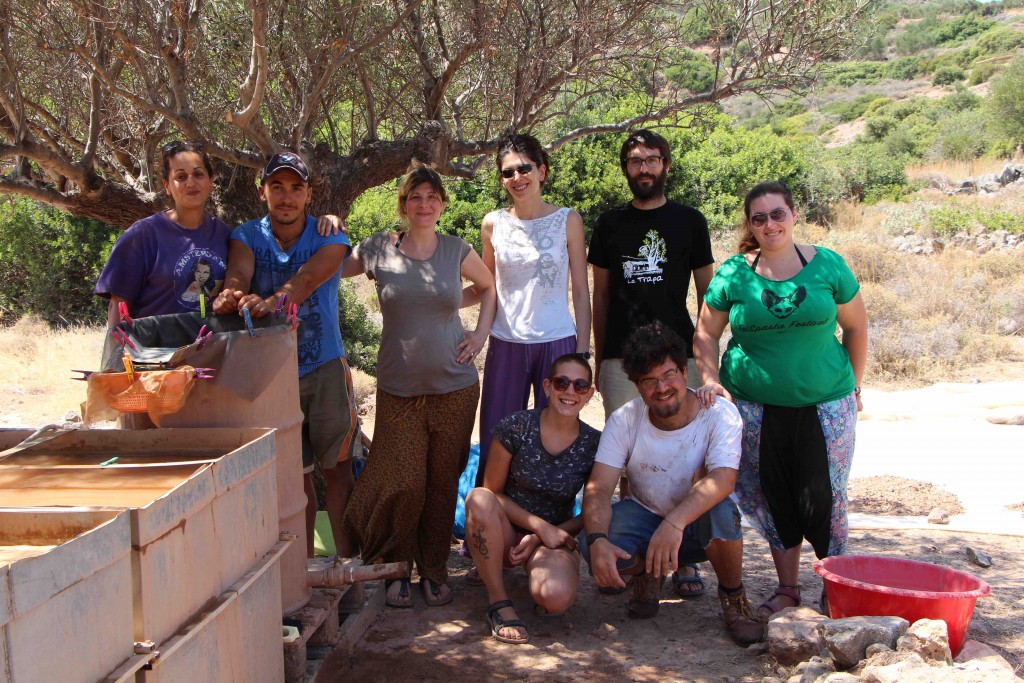
This uniquely holistic approach allowed us to shed new light on the debates on the emergence of social complexity in Minoan Crete. We also delineated the scale of various activities taking place in the east of Crete and identified the ‘roots’ of the Bronze Age system into the Neolithic, whereby the east of Crete appears to be an early area of large-scale olive management, directly related to pastoral activities and landscape management.
PALAP work questioned the need for specialization alone as a trigger for the emergence of hierarchical societies and highlighted the importance of adopting multidisciplinary integrated approaches to local economies.
Importantly, our work showcases how the study of organic remains can open new windows into the past, stepping out of the appendices of publications and occupying a prominent place in leading archaeological research.
⇒ Read all these fascinating results here: https://doi.org/10.1016/j.jaa.2021.101271
Livarda, A.; Orengo, H. A.; Cañellas-Boltà, N.; Riera-Mora, S.; Picornell-Gelabert, Ll.; Tzevelekidi, V.; Veropoulidou, R.; Marlasca Martín, R.; Krahtopoulou, A. (2021). ‘Mediterranean polyculture revisited: olive, grape and subsistence strategies at Palaikastro, East Crete, between the Late Neolithic and Late Bronze Age’. Journal of Anthropological Archaeology 61.
Abstract
This paper examines agriculture, farming and dietary resources in east Crete, and re-evaluates the role of grape and olive in its prehistoric economy, these being key in debates on the emergence of social complexity. To do so bioarchaeological, paleoenvironmental and landscape survey data from the Bronze Age town at Palaikastro and its territory are combined. The results indicate a highly compartmentalised landscape, including intensive crop cultivation and extensive animal herding with careful monitoring to maintain productivity. (…)


